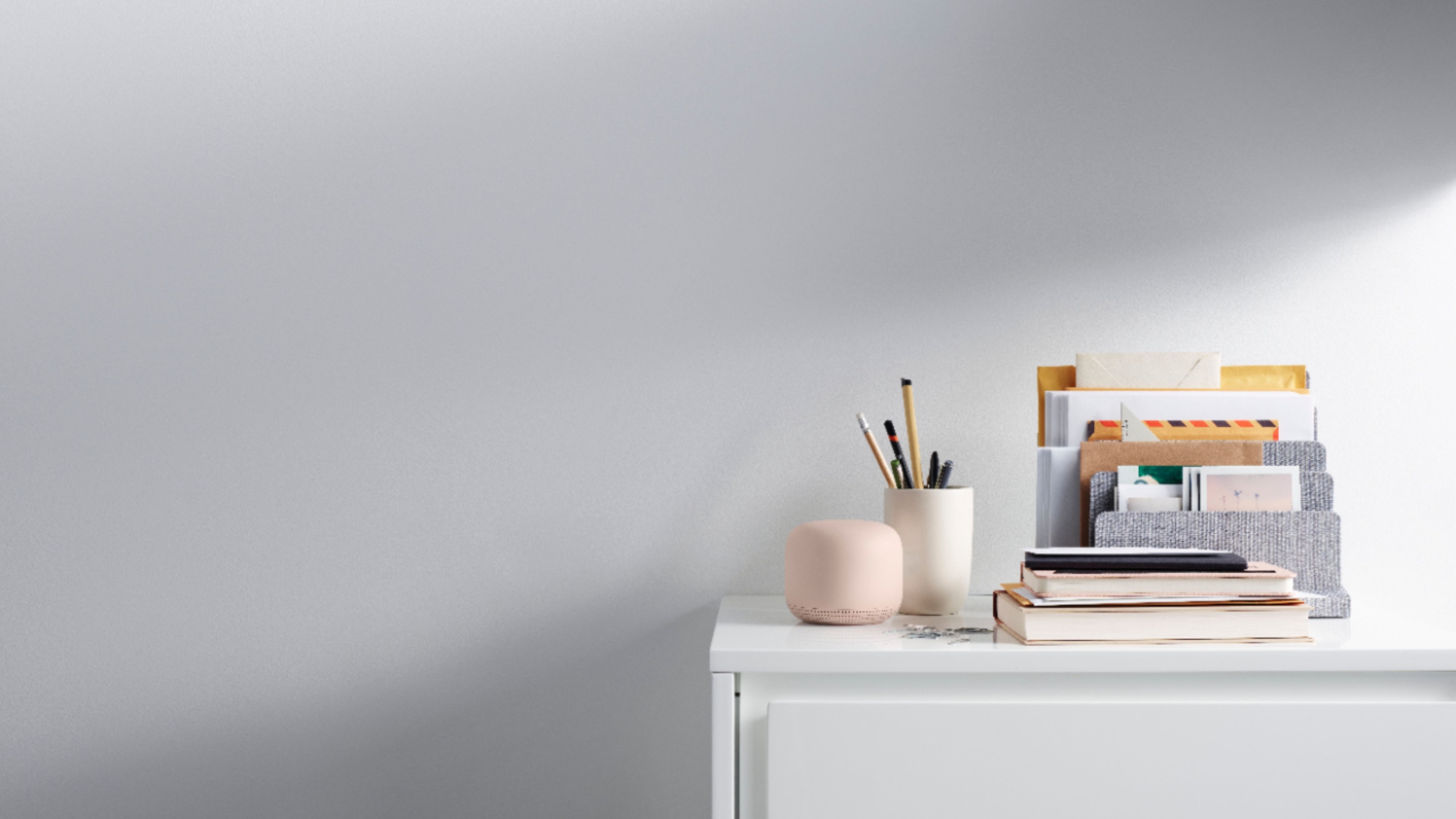Where's the best place to put a WiFi router? The mistakes that are making your internet weak, and how to fix them
Looking for optimal WiFi coverage? Here where you should put your router.


If you’re trying to work from home, or just enjoy some well-earned streaming TV on the weekend, weak WiFi can be infuriating.
Putting your router in the optimal position in your home can help eliminate WiFi ‘not spots’, and while you can get deep into the weeds of optimization via dedicated apps to show your signal strength, there are actually some pretty simple universal rules that will help no matter the shape and size of your home.
Where’s the best place to put a WiFi router in a house? Read on to find out.
Location, location, location
It’s simple common sense, but you want your router to be as central in your home as possible. That’s because WiFi routers broadcast their signal in all directions, and if it’s sat next to your front door, then half of your coverage is being wasted on the front garden while rooms near the back of your home suffer.
This, of course, is easier said than done — and you may be limited by your wiring. More on that later, but if you can — either by a simple move, or some clever extended cabling — then your WiFi will benefit from a nice, central router location, equidistant from all your rooms.
Keep it high
There’s no special techy way to get your router high up — putting it on a bookshelf or sideboard will do, or you can even mount it directly onto the wall. Amazon has some mounts for routers, if you fancy getting your hands dirty with a bit of DIY.
Even if you’re limited by the room it's in, you can still make a difference by placing your router as high as possible. The reason for this is simple: some of the strongest signals on routers point downwards, and if you put it on the floor, these are immediately being absorbed by the ground.
The Livingetc newsletters are your inside source for what’s shaping interiors now - and what’s next. Discover trend forecasts, smart style ideas, and curated shopping inspiration that brings design to life. Subscribe today and stay ahead of the curve.
Watch out for interference
Sending data over the air is inherently less efficient than via a wire, and it’s also susceptible to interference.
This can be via electrical interference from other devices (microwaves are especially bad as they use the 2.4 gHz channel) and physical objects: thick walls, doors and bulky furniture can all impede a wireless signal.
In other words, as well as keeping your router central, you want to avoid bulky furniture and tech that may cause electronic interference, such as TVs and baby monitors. Weirdly, you should also avoid fish tanks and reflective surfaces such as mirrors — water impedes WiFi, while a mirror can scatter and distort the signal.
What if you can’t move your router?
These are all helpful tips for a dream setup, but in the real world these things aren’t always possible.
If you have a fiber or cable setup, you may find that you physically need to be cabled to a wall that’s not in a great location for pushing a solid WiFi signal to the far reaches of your home. Yes, you could trail a bunch of cables, but it’s not exactly nice to look at, and effectively hiding wires takes time and skill.
I was in exactly this position. When I moved into my three-floor home in 2017, I found that WiFi simply didn’t reach the middle or top floors on PC, with only a MacBook able to access it for some reason.
I lived with this for a couple of years when I had a 9-5 job and wasn’t home that much, but in June 2018 I went freelance, and I simply had to fix the problem. It was no good having dial-up style speeds in my home office if I wanted to be in any way productive: I had to put some money into the problem.

The answer was something called Mesh WiFi. Bundles include a central router with a bunch of interconnected satellite nodes that you can place around your home. The signal bounces between them, eliminating WiFi ‘not spots’.
Even though they’re different access points, they share an SSID and password, meaning you can move from room to room without needing to reconnect. Once installed with a node on each floor, my WiFi problems vanished on every device: I couldn’t believe I’d been living with terrible connections for over a year.
You can browse our list of the best mesh Wi-Fi systems for in-depth analysis, but our top picks are the Linksys Atlas Max AXE8400 (on Amazon), Google’s Nest WiFi (on Amazon), or, if money is tight, the TP-Link Deco (on Amazon).
If that’s still too much, one of the best WiFi extenders will expand the reach of your existing network too, but the results will be less impressive, and if you can afford it, you should look into a mesh solution.

Freelance contributor Alan has been writing about tech for over a decade, covering phones, drones and everything in between. Previously Deputy Editor of tech site Alphr, his words are found all over the web and in the occasional magazine too. He often writes for T3 and Tom's Guide. When not weighing up the pros and cons of the latest smartwatch, you'll probably find him tackling his ever-growing games backlog. Or, more likely, playing Spelunky for the millionth time.